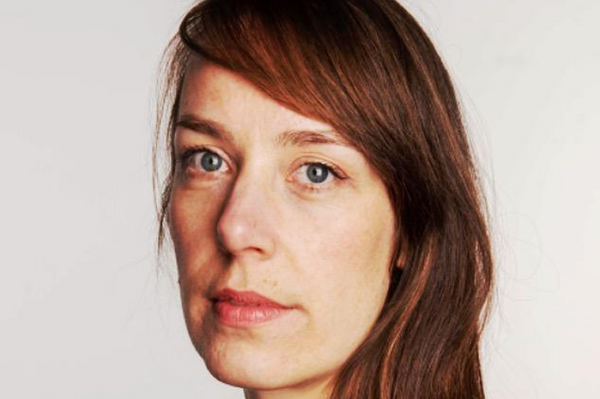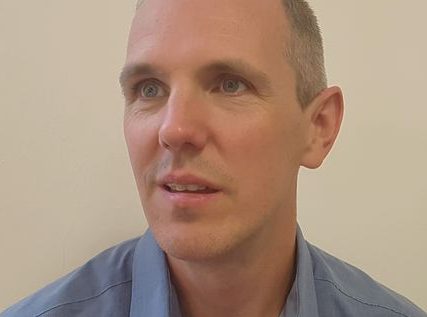
Special Focus: Developing the next generation of fundraising leaders
July 10, 2019
How to convince your senior management to invest in legacy fundraising
September 18, 2019Fundraising Europe interviews Rob Cope of Remember A Charity – the UK’s consortium of 200 legacy charities – about the sector’s drive to collaborate across national borders to normalise gifts in Wills.
Legacy fundraising is a competitive and growing market and yet sector collaboration seems to be a consistent theme in legacy promotion. Why do you think there is so much willingness to collaborate around legacies?
[Rob Cope] There are several reasons. When people include a donation in their Will, more often than not they choose to benefit several charities, so legacy fundraisers are used to collaborating. But I think the main reason is that we all recognise the huge opportunity of growing the legacy market by normalising gifts in Wills. Changing behaviour is a bigger goal than any one charity can achieve independently and it’s something that we need to work on collectively within our nations and across borders. Ultimately, if we can rise the tide of legacy giving, then all boats will rise.
I feel very strongly about the strength of collaboration. Too often, charities focus on their share of the market rather than market growth. But when we work together, we can do so much to grow giving. Supporters really welcome a collective approach and, when you consider that most areas of giving are flat, there seems to be greater need than ever for charities to dedicate more of our staff time to market growth. It’s certainly been a critical factor in growing the legacy market.
In the UK, you’ve just delivered the tenth Remember A Charity Week. What’s been the impact of that?
There’s certainly been much more noise about gifts in Wills over the years. We now have a highly collaborative legacy environment and the impact of that is indeed that more people are leaving gifts in Wills, solicitors and financial advisers are more regularly raising the option of charitable donations with clients and awareness has risen.
Within the sector, fundraisers are feeling bolder and more confident about talking legacies. Historically, legacies were the team that sat in the corner out of the way. They are now in the middle of the room, where they should be.
Looking back, how has the broader legacy environment changed over that time?
There are a few things that spring to mind. Generally, there’s more openness around legacies, with fundraisers being less afraid to try new approaches, like using humour or social channels to engage with supporters, something that was almost inconceivable to many charities not so long ago.
Digital has had a huge impact; it can be disruptive and that’s what we need to change the legacy market. We need to open up conversation and the channels we use need to be affordable so that every charity can reach out to supporters in this way. As a result, more organisations are communicating the importance of legacies to their supporter base and being named in Wills. There are more charities at the table and it’s really levelled the playing field; that’s incredibly exciting.
How do you think the legacy market will change over the next decade?
We’re likely to see more charities and causes fundraising for and benefitting from gifts in Wills. This could mean that charities’ market share will be squeezed, unless we continue to work together and grow the market and I think the key to achieving that change is ensuring we are reaching potential supporters in a targeted and timely way. This might be at the time of writing their Will (in the few months before they retire or during pension planning). So digital and paid social – approaching the right demographic at the right time – could become even more important.
Collaboration will continue to be critical for growth. There are now consortia in around 20 nations and we regularly share ideas to accelerate learning. Just recently, I was invited to help charities in South Korea set up their own legacy consortium. And when legacy consortia gathered at the Legavision conference earlier this year, GoedNalatan’s Theo Hesen and I explored what could be done to further increase collaboration. This led to the first properly coordinated International Legacy Giving Day (13thSeptember 2019), and that’s likely to become even bigger and better over the years ahead.
What is International Legacy Giving Day all about?
Charities in so many countries now rely on legacies and International Legacy Giving Day is a great opportunity for the sector to come together and celebrate the importance of this way of giving. Particularly in countries where this is no national fundraising association, it gives charities a hook to shine a light on legacies, an opportunity to share resources and collaborate across national borders.
Looking to make sure that the campaign would resonate across the world, we asked ourselves: what is the one thing that we all have in common? Each charity and nation has different ways of talking legacies with supporters, cultural issues and taboos, but the one thing that unites us is our donors; how much we value them. So we came up with the concept of delivering the ‘world’s biggest thank you’, encouraging legacy consortia and their charity members to thank supporters via media, online and social media channels.
About Rob Cope
Rob is director of Remember A Charity – a consortium of over 200 UK charities that work together to make gifts in Wills a social norm, and director of development at the Institute of Fundraising. He was previously deputy director of marketing and communications at The Prince’s Trust, including the youth charity’s 30th birthday appeal. Rob is a board director of Relief International and a keen runner.




